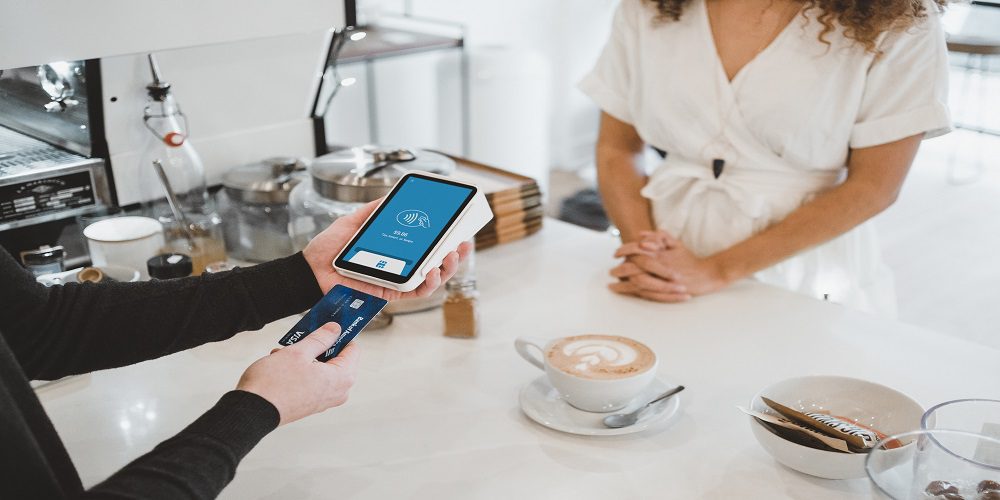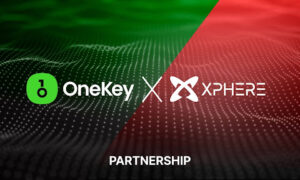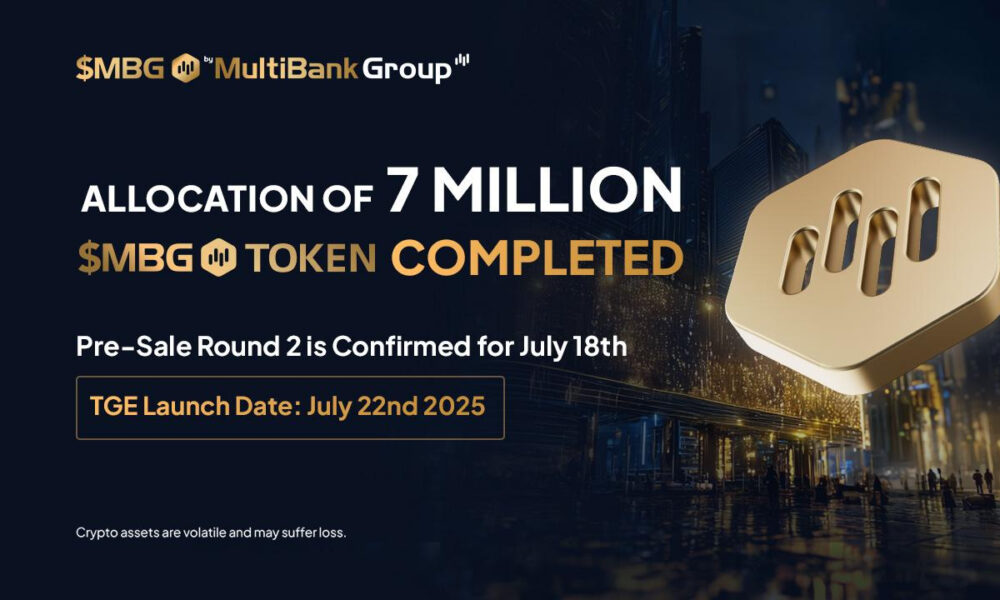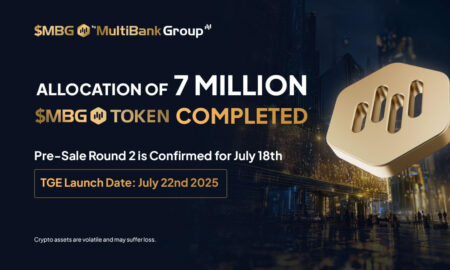In an era characterized by rapid technological advancements, the way we conduct transactions and make payments has undergone a significant transformation. One of the most noteworthy developments in recent years has been the widespread adoption of contactless payments, which have revolutionized the shopping experience for consumers and businesses alike. Dollar Tree, a well-known discount store chain, has embraced this digital age convenience trend by incorporating contactless payment options into their stores. In this article, we will delve into the world of contactless payments, exploring their benefits, their impact on businesses like Dollar Tree, and how they are shaping the way we interact with money in the 21st century.
Introduction
The Rise of Contactless Payments
Convenience: Contactless payments offer unparalleled convenience to consumers. All it takes is a simple tap or wave of a smartphone, smartwatch, or contactless card, eliminating the need to carry physical cash or swipe a card. This ease of use has made transactions faster and more efficient.
Hygiene: The global COVID-19 pandemic accelerated the shift towards contactless payments as people sought safer alternatives to handling physical money. Contactless payments reduce the need for physical contact with surfaces, minimizing the risk of virus transmission.
Speed: Traditional payment methods like cash or chip-and-pin cards can be time-consuming, especially during peak shopping hours. Contactless payments expedite the checkout process, reducing waiting times for customers.
Security: Contactless payments are often perceived as secure, thanks to features like tokenization and encryption. This makes it difficult for cybercriminals to intercept sensitive payment data during transactions.
Dollar Tree and Contactless Payments
Dollar Tree, known for its commitment to providing value-priced merchandise, has been quick to embrace the contactless payment trend. By doing so, the company has not only adapted to changing consumer preferences but also enhanced the overall shopping experience for its customers.
Here are some ways Dollar Tree has integrated contactless payments:
NFC-enabled Payment Terminals: Dollar Tree stores have upgraded their payment terminals to accept NFC-enabled devices. This means that customers can use their smartphones, smartwatches, or contactless cards to make purchases seamlessly.
Mobile Payment Apps: Dollar Tree has also integrated with popular mobile payment apps like Apple Pay, Google Pay, and Samsung Pay. This allows customers to link their payment cards to these apps and make contactless payments with ease.
Enhanced Loyalty Programs: Dollar Tree has leveraged contactless payments to enhance its loyalty programs. Customers can earn rewards and discounts by using contactless payment methods, encouraging repeat business.
Improved Customer Experience: The convenience of contactless payments aligns with Dollar Tree’s commitment to providing a hassle-free shopping experience. Faster checkout times and reduced friction at the payment stage contribute to higher customer satisfaction.
Benefits of Contactless Payments for Dollar Tree
The adoption of contactless payments by Dollar Tree has brought forth several advantages for the company:
Increased Sales: Contactless payments encourage impulse purchases and reduce friction during the checkout process. This can lead to increased sales as customers find it more convenient to shop at Dollar Tree.
Cost Savings: Handling cash transactions can be costly due to security measures, cash handling fees, and the risk of theft. By promoting contactless payments, Dollar Tree can reduce these costs.
Competitive Edge: Embracing contactless payments keeps Dollar Tree competitive in the evolving retail landscape. It aligns with the preferences of tech-savvy consumers who seek convenience in their shopping experiences.
Data Insights: Contactless payments provide valuable data on customer spending habits and preferences. Dollar Tree can use this data to tailor promotions and offers, driving customer engagement and loyalty.
The Future of Contactless Payments
As technology continues to evolve, the future of contactless payments looks promising. Here are some trends that we can expect to see:
Wearable Devices: The integration of contactless payment technology into wearable devices like smartwatches and fitness trackers will become more prevalent. This will further simplify the payment process for consumers.
Biometric Authentication: Biometric authentication methods such as fingerprint recognition and facial recognition will enhance the security of contactless payments, making them even more appealing to consumers.
Internet of Things (IoT) Payments: IoT-enabled devices will facilitate seamless payments for everyday items. For example, a smart refrigerator could automatically reorder groceries and make payments on behalf of the user.
Enhanced Personalization: Contactless payments will enable businesses to offer highly personalized shopping experiences, with tailored promotions and recommendations based on individual preferences.
Conclusion
Contactless payments have ushered in a new era of convenience in the digital age, reshaping the way we interact with money and conduct transactions. Dollar Tree’s adoption of contactless payment options exemplifies how businesses can leverage this technology to enhance the customer experience, increase sales, and stay competitive.
As we look ahead, it’s clear that contactless payments will continue to evolve, offering even greater convenience and security to consumers. With the integration of wearable devices, biometric authentication, and IoT payments, the future of contactless payments holds exciting possibilities for both consumers and businesses.
In conclusion, the digital age has brought us contactless payments, and Dollar Tree is at the forefront of this transformation, providing its customers with a more convenient and secure way to shop. As we move forward, we can expect contactless payments to play an increasingly significant role in our daily lives, making transactions faster, safer, and more personalized than ever before.



































